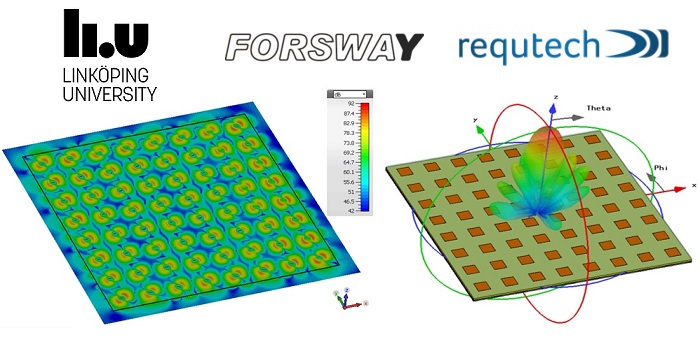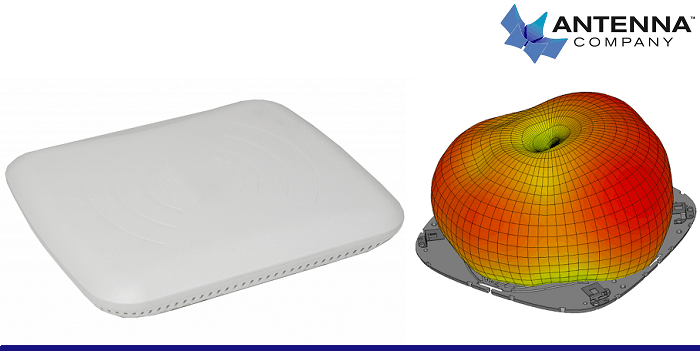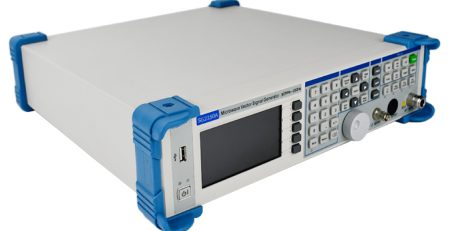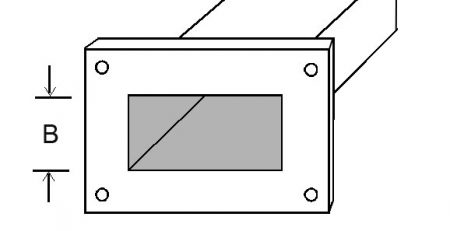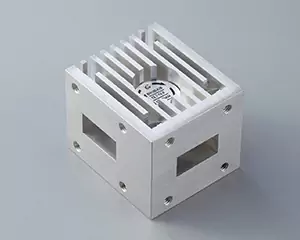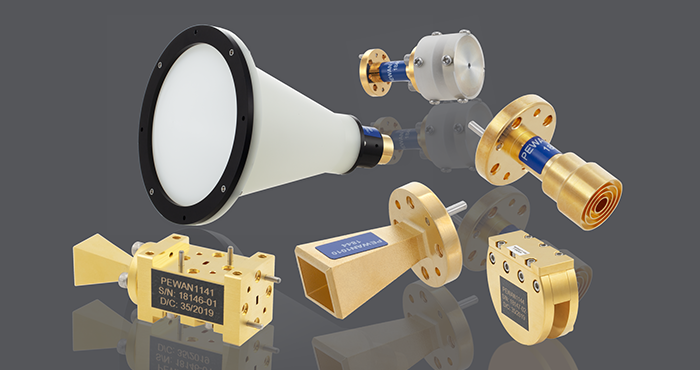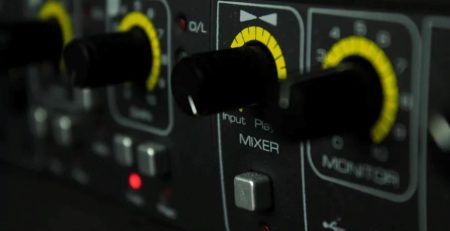What Distinguishes a Power Amplifier from a Standard Amplifier? Find Out
 Overview of Amplifiers
Overview of Amplifiers
Definition and Purpose of Amplifiers
Amplifiers are essential components in various electronic systems. Their main purpose is to amplify, or increase, the strength of an electrical signal. This process is critical in numerous applications where it is necessary to enhance weak signals for clarity. Whether they are speakers, antennas, or other electronics, amplifiers can always ensure a strong enough output to drive the associated devices effectively by simply increase the amplitude of a signal.
Types of Amplifiers in Electronics
There are several types of amplifiers used in electronics, each serving a specific purpose based on different applications. These include voltage amplifiers, current amplifiers, operational amplifiers (op-amps), and power amplifiers. Voltage amplifiers are designed to increase the voltage level of a signal, whereas current amplifiers boost the current. Operational amplifiers, or op-amps, are versatile electronic devices used in a variety of signal related operations. Power amplifiers, on the other hand, are specifically designed to drive large loads, such as speakers, by providing significant power amplification.
What is a Power Amplifier?
Definition and Role in Audio Systems
A power amplifier is a type of amplifier that focuses on amplifying the power level of a signal, rather than just the voltage or current. Its primary function in audio systems is to convert low-power audio signals into higher power outputs. In doing so, power amplifiers can make sure the audio signals are strong enough to produce sound at higher volumes without distortion. Power amplifiers are crucial in both home audio setups and professional sound systems, where the fidelity and clarity are a crucial.
Common Uses and Applications
Power amplifiers can be found in various applications, ranging from home entertainment systems to public announcement systems and musical instrument amplifiers. In home audio systems, power amplifiers can provide the necessary power to drive high-quality speakers, this is to ensure immersive sound experiences. In professional audio like concert halls, theaters, and live performance venues, they are used to deliver powerful and clear audio to large audiences. They are also used in radio and television broadcasting to ensure that signals are strong enough to be transmitted over long distances without loss of quality.
Characteristics of a Power Amplifier
Output Power
One of the defining characteristics of a power amplifier is its output power. This refers to the amount of power the amplifier can deliver to its load, typically measured in watts. The higher the output power, the louder and more robust the audio output. Power amplifiers are designed to handle significant amounts of power to drive large speakers or other high-power devices. This ability to provide substantial power is what sets power amplifiers apart from other types of amplifiers that may focus solely on voltage or current amplification.
Efficiency
Efficiency in a power amplifier refers to how well the amplifier converts the input electrical power into output power, without much wastage in the form of heat. High-efficiency power amplifiers are crucial in applications where power consumption and heat dissipation are significant concerns. Efficiency is often expressed as a percentage, with higher percentages indicating more efficient performance. Efficient power amplifiers are designed to maximize the output while minimizing the energy lost as heat, which is particularly important in high-power applications to ensure reliability and longevity of the electronic components.
Class A, B, AB, and D Efficiency Comparison
The efficiency of power amplifiers can vary significantly depending on their design class. Class A amplifiers offer high linearity and low distortion but are generally less efficient, with efficiency rarely exceeding 25-30%. Class B amplifiers, on the other hand, are more efficient, often reaching about 50%, but can exhibit higher distortion due to the crossover between transistors. Class AB amplifiers strike a balance, providing better efficiency than Class A (up to 60-70%) and lower distortion than Class B. Class D amplifiers, which use pulse-width modulation, are highly efficient, often exceeding 90%, making them ideal for applications where power efficiency is critical, though they may introduce some high-frequency noise.
Distortion Levels
Distortion levels in power amplifiers are a critical parameter, especially in audio applications where sound quality is paramount. Distortion occurs when the output signal deviates from the input signal, leading to unwanted harmonic content. Class A amplifiers are known for their low distortion levels, making them ideal for high-fidelity audio applications. Class B amplifiers tend to have higher distortion, particularly at the crossover point. Class AB amplifiers mitigate this by operating in Class A mode at low signal levels and switching to Class B at higher levels. Class D amplifiers, while very efficient, may introduce switching distortion, but modern designs have significantly reduced this issue.
Frequency Response
Frequency response is another vital characteristic of power amplifiers, indicating how well the amplifier can reproduce different frequencies. A flat frequency response across the intended audio spectrum (typically 20 Hz to 20 kHz for audio applications) is ideal, ensuring that all frequencies are amplified equally. Class A amplifiers usually offer excellent frequency response due to their linearity. Class B and AB amplifiers can also provide good frequency response, but Class D amplifiers, while highly efficient, may require additional filtering to achieve a flat frequency response due to their switching nature.
What is a Normal (Voltage) Amplifier?
Definition and Functionality
A normal amplifier, often referred to as a voltage amplifier, primarily focuses on increasing the voltage of an input signal. Unlike power amplifiers, which drive loads requiring substantial power output, voltage amplifiers are designed to boost the voltage level of a signal without necessarily providing high current. They are crucial in signal processing where weak signals need to be amplified to appropriate levels for further processing or transmission. Examples of voltage amplifiers include preamplifiers used in audio systems to amplify low-level signals from microphones to a level suitable for further amplification by a power amplifier.
Use Cases in Various Circuits
Voltage amplifiers are ubiquitous in electronic circuits across numerous applications. In audio systems, preamplifiers prepare low-level signals for subsequent amplification stages. In communication systems, voltage amplifiers boost the signal from receivers before further processing. They are also essential in instrumentation and measurement devices, where tiny signals from sensors need to be amplified for accurate readings. Operational amplifiers, a type of voltage amplifier, are used extensively in analog computing, signal filtering, and waveform generation.
Key Differences Between Power Amplifiers and Normal Amplifiers
Difference in Functionality
Power Handling Capability
The primary difference between power amplifiers and normal amplifiers lies in their power handling capabilities. Power amplifiers are designed to deliver significant power to drive loads like loudspeakers or antennas, often handling several watts to hundreds or even thousands of watts. Normal amplifiers, particularly voltage amplifiers, primarily focus on increasing the voltage of the signal and typically handle much lower power levels, ensuring the signal reaches sufficient strength for further processing without driving high-power loads.
Voltage vs. Current Gain
Voltage amplifiers emphasize increasing the voltage gain, i.e., the ratio of output voltage to input voltage, which is crucial for boosting weak signals. Power amplifiers, on the other hand, not only increase the voltage but also focus on current gain, i.e., the ability to supply current to low-impedance loads like speakers. This distinction means that power amplifiers are built to handle and amplify both voltage and current to provide the necessary power, while voltage amplifiers focus mainly on enhancing signal voltage.
Design and Construction
Component Requirements
The design and component requirements for power amplifiers and normal amplifiers differ significantly. Power amplifiers require robust components capable of handling high current and power. This includes heavy-duty transistors, heat sinks, and power supplies designed for substantial power output. Voltage amplifiers use components optimized for signal integrity and low noise, such as high-quality resistors and capacitors, with an emphasis on linearity and low distortion rather than power handling.
Heat Dissipation
Heat dissipation is a critical design consideration for power amplifiers due to their high power output. Efficient heat management, through the use of heat sinks, cooling fans, or even liquid cooling in high-power applications, is necessary to prevent overheating and ensure reliable operation. Normal amplifiers, dealing with lower power levels, generate less heat, often requiring minimal or no additional cooling measures beyond basic heat sinks.
Application-Specific Distinctions
The choice between power amplifiers and voltage amplifiers often depends on the specific application. In audio systems, a combination of both is typically used, with voltage amplifiers (preamplifiers) preparing the signal and power amplifiers driving the speakers. In RF communication systems, power amplifiers are essential for transmitting signals over long distances, while voltage amplifiers handle signal processing within the receiver. Understanding the distinct roles and specifications of each type of amplifier is crucial for selecting the right component for any given application.
Choosing the Right Amplifier for Your Needs
 RFecho
RFecho
RFecho’s Power Amplifier is a testament to exceptional engineering, crafted to transform weak signals into more potent ones. It had been proved to be particularly beneficial in scenarios where a substantial enhancement in signal strength is needed, such as in wireless communication, broadcasting systems, and audio devices.
The Power Amplifier from RFecho sets itself apart with its outstanding performance, reliability, and longevity. It is constructed to withstand intense usage and demanding conditions, guaranteeing steady, top-tier performance over an extended period. The amplifier is also engineered for straightforward installation and operation, making it an accessible choice for professionals and hobbyists alike.
A standout feature of RFecho’s Power Amplifier is its capacity to produce a higher output power compared to conventional amplifiers. This attribute renders it an indispensable asset in the design and functioning of various electronic systems where a significant boost in signal strength is imperative.
Choosing the right amplifier depends on your specific requirements. If you need to drive large speakers or transmit signals over long distances, a power amplifier is essential due to its high power output and efficiency. For applications requiring precise signal amplification with low noise and distortion, such as preamplifiers in audio systems or signal processors in communication devices, a voltage amplifier is more appropriate.



 Overview of Amplifiers
Overview of Amplifiers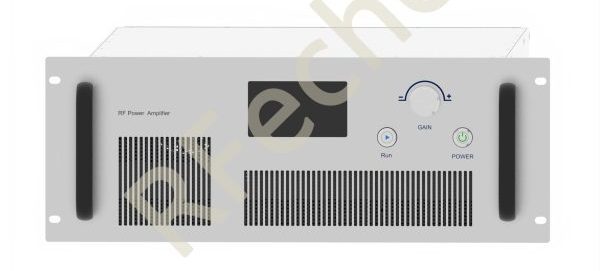 RFecho
RFecho